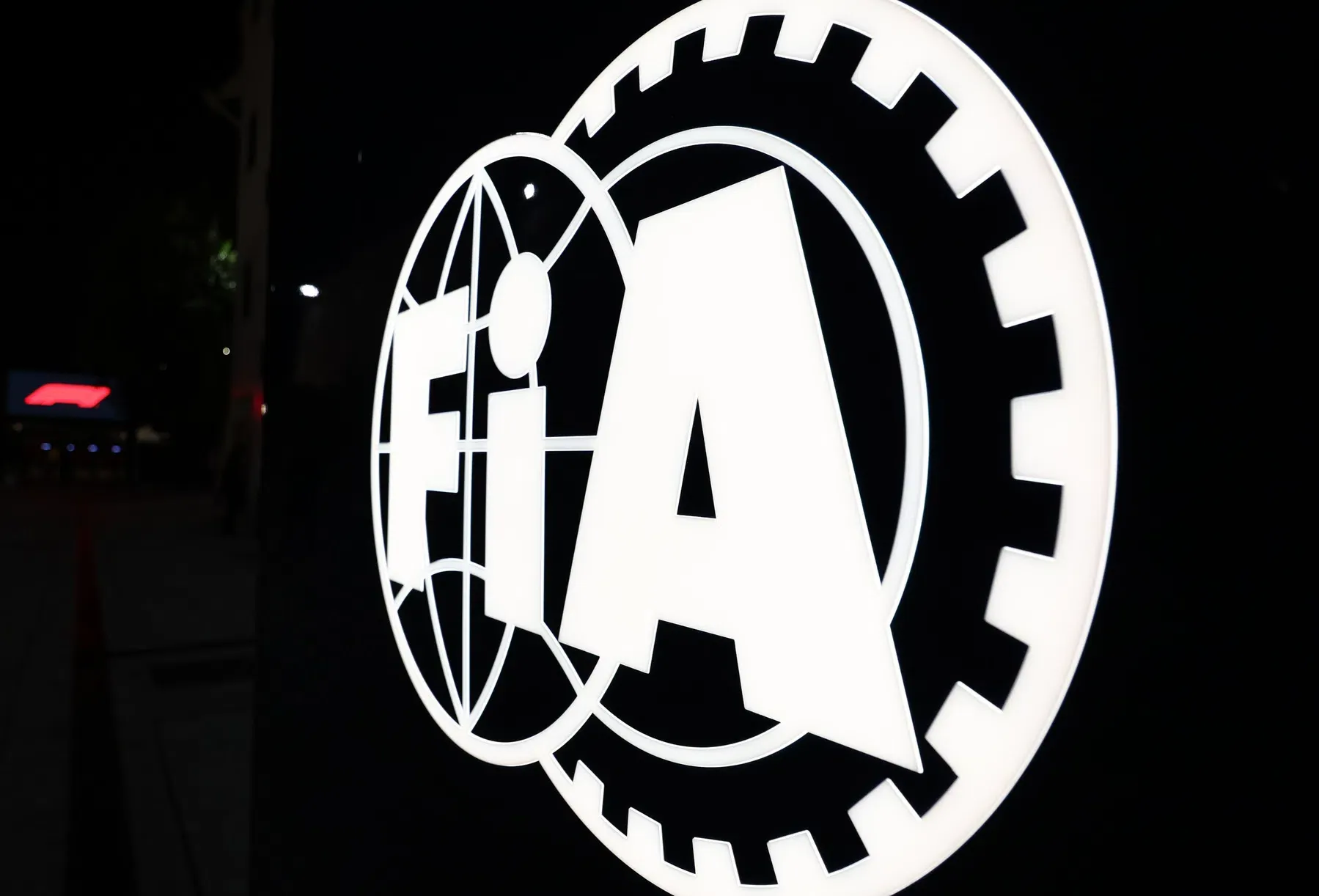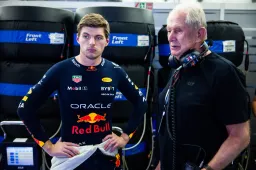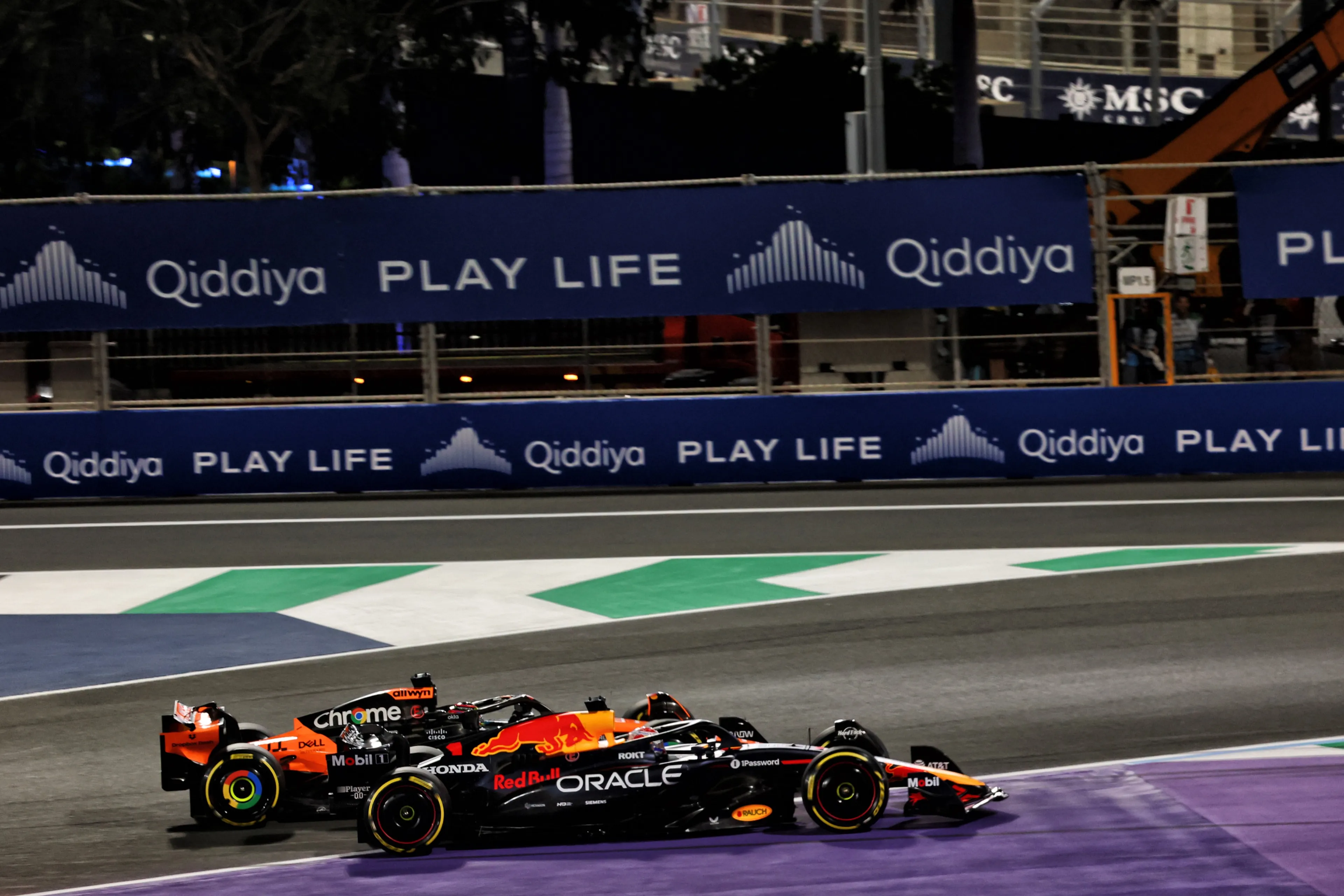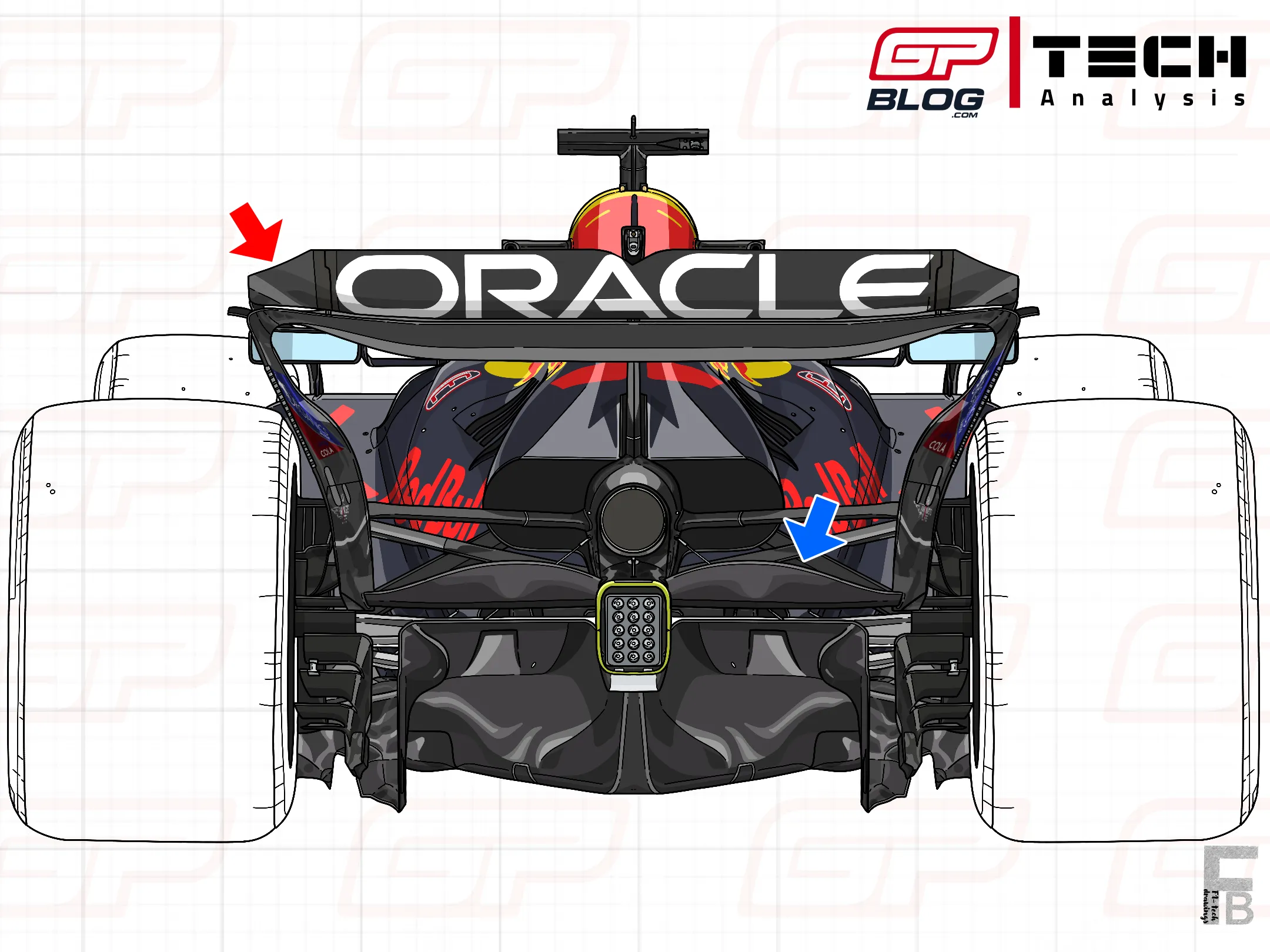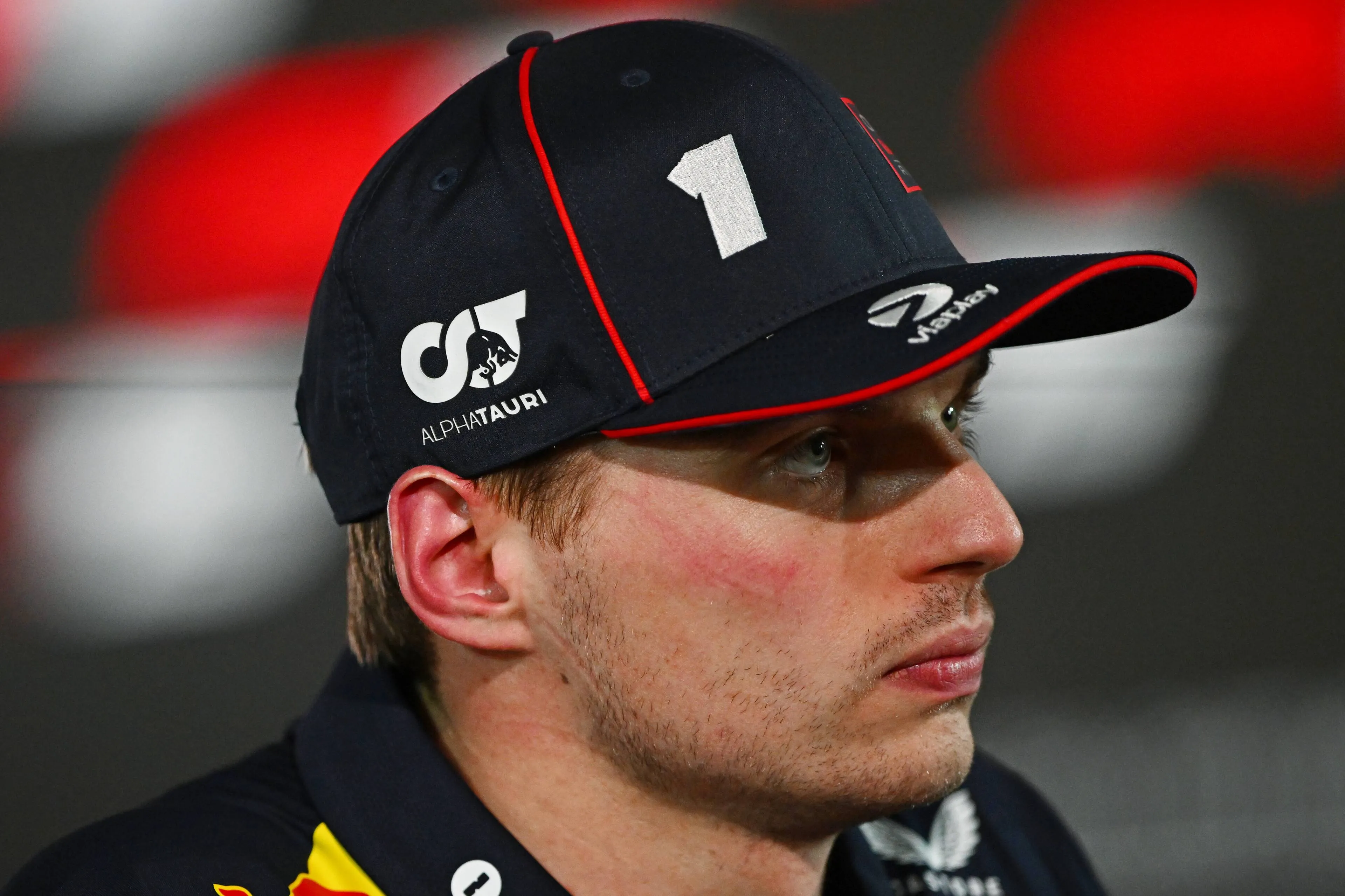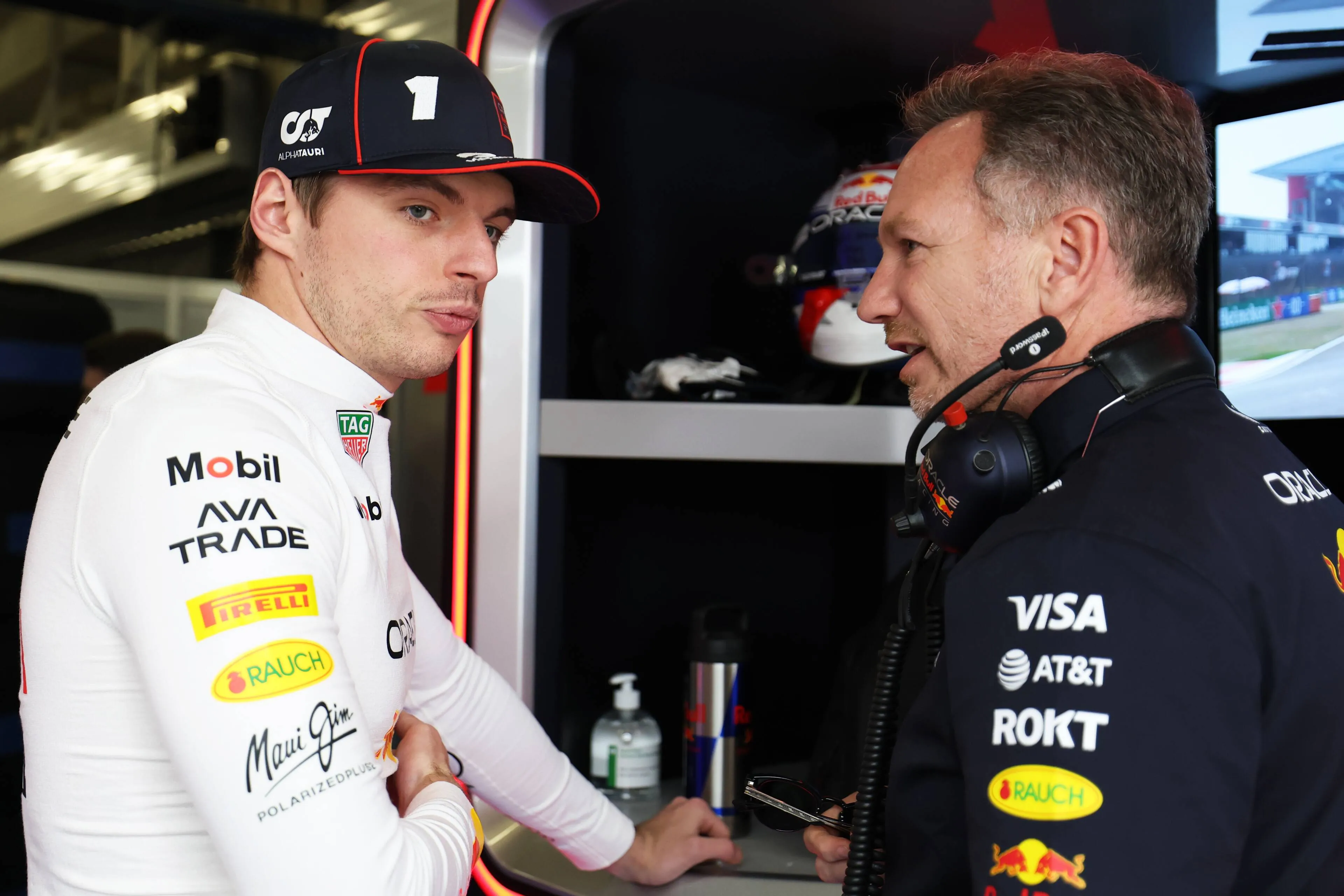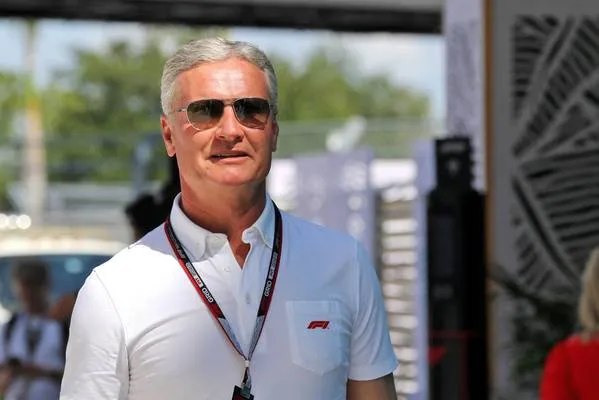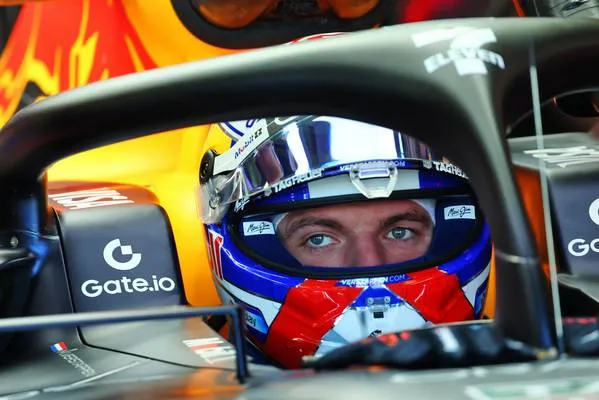'FIA to close budget cap loophole used by Red Bull and other top teams'
21:00, 26 Feb 2024
28 Comments
The FIA want to be even stricter in enforcing the budget cap from 2026. Big teams have seemingly used a loophole to hire more people. From 2026, the FIA want to close this loophole.
Formula 1 has been working with a budget cap since 2021. This cost cap is supposed to ensure that all teams spend the same amount of money and, therefore, will come closer together in terms of performance in the long run. Yet this does not quite appear to be working to perfection. An aim was for teams to become smaller. This is far from the case.
In fact, according to Auto, Motor und Sport, F1 teams are only getting bigger. An F1 team boss reveals to the German Medium that the top teams now consist of 1,500 people, whereas before the budget cap, it was 1,000. So, how is it that teams keep growing despite the budget cap?
How Red Bull and other top teams get around the budget cap
A major reason is part-time projects. Important and therefore expensive staff are put on different projects by teams. For example, Rob Marshall (now working at McLaren) would have been on Red Bull's books for 50 per cent on the RB17 Hypercar, 40 per cent on Red Bull Powertrains and only 10 per cent with the F1 team. As a result, Red Bull 'only' had to put ten per cent of his wages on the books for the F1 team.
In this way, more and more personnel are deployed across different projects, and thus, more and more big teams are also choosing more projects to keep their expensive employees happy. For the FIA, it is almost impossible to check exactly whether the percentages on the books are really the percentages an employee spends on that project. This should change in 2026.
From 2026, the FIA wants to introduce that 100 per cent of an employee's salary counts towards the budget cap. So, even if someone only works 10 per cent, 100 per cent of their wages must be included in the budget cap. The FIA wanted to introduce this before with Technical Directive 045, but not enough teams reportedly voted for it. In 2026, however, the FIA can push this through.
Read more about:
Popular on GPBlog
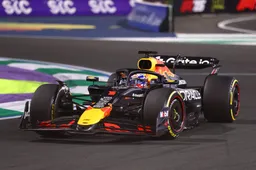
1
Red Bull Racing seeks last-minute change in 2026 engine regulations
1155 times read
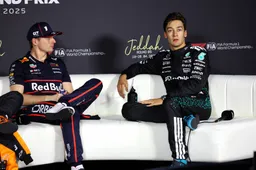
2
Russell was suprised by Verstappen actions in Jeddah
1103 times read

3
Verstappen did not curse when notified of penalty, but was still censored
1013 times read

4
Albers rallies behind Verstappen, calls out FIA: 'Just keeps grabbing money'
936 times read
